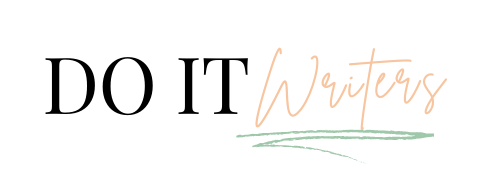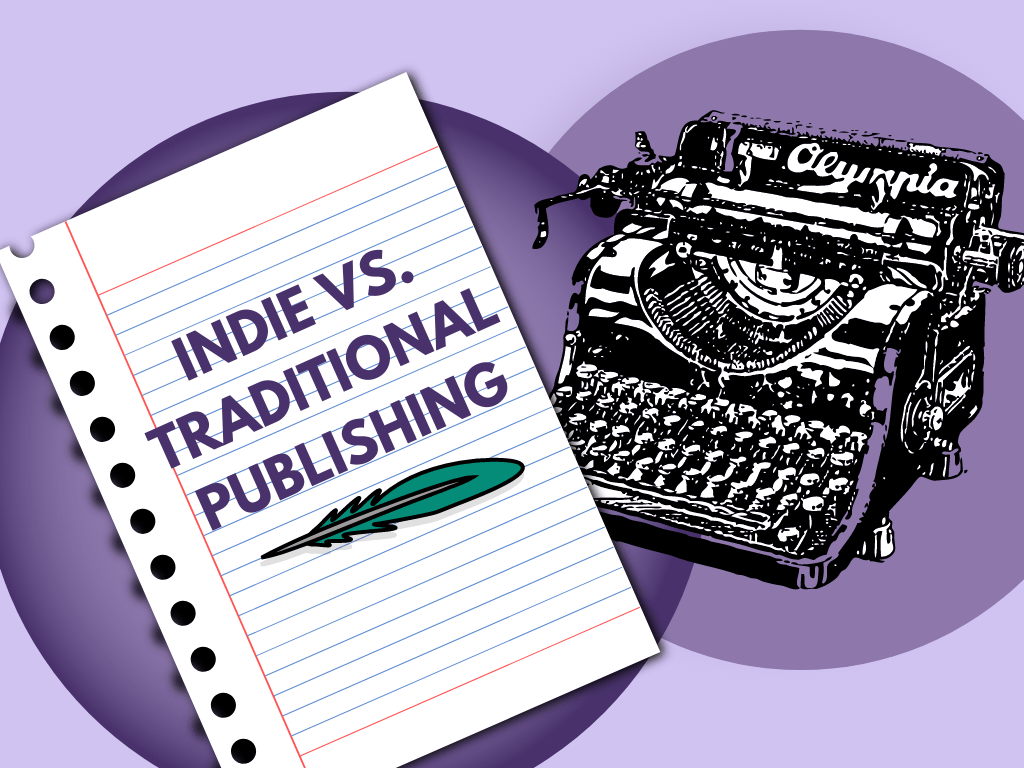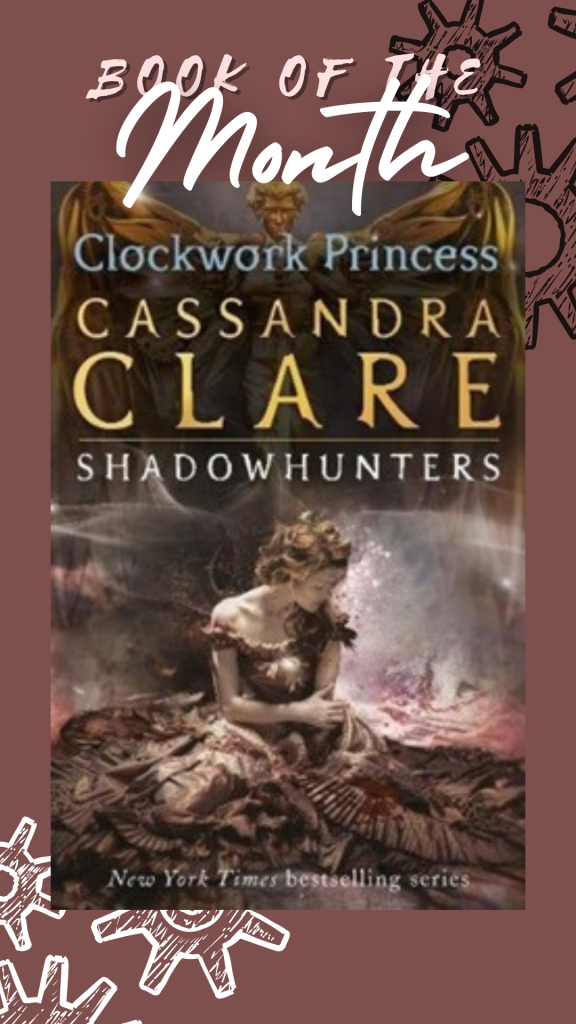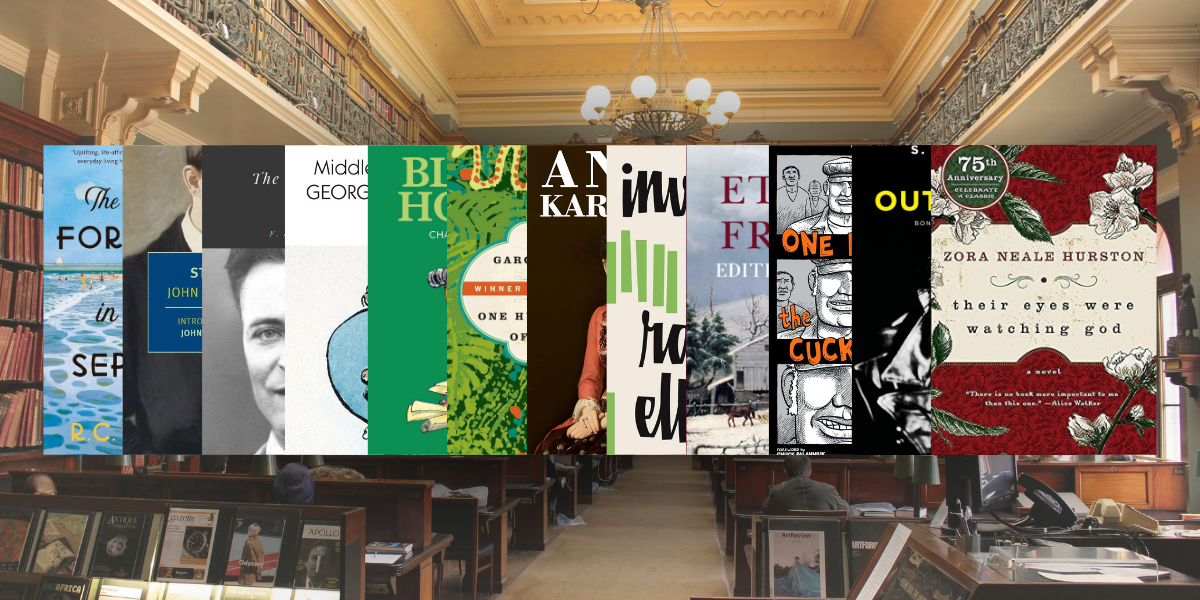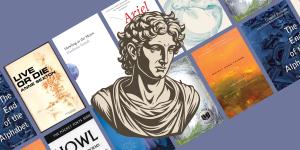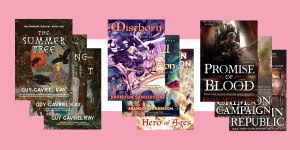Before getting your novel into the hands of a potential reader, there are many things that you need to consider. For starters, knowing the difference between indie vs traditional publishing. A good example of that is publishing. I’m sure we all have heard of success and horror stories for each of the methods, so which one is the right choice for you? And what can you do to avoid those horror stories?
Indie Vs Traditional Publishing, let the battle begin!
Indie Vs Traditional Publishing: The Difference
Here we will learn the difference between Indie Vs Traditional publishing as well as some of the pros and cons so let’s get started.
What is Traditional Publishing?
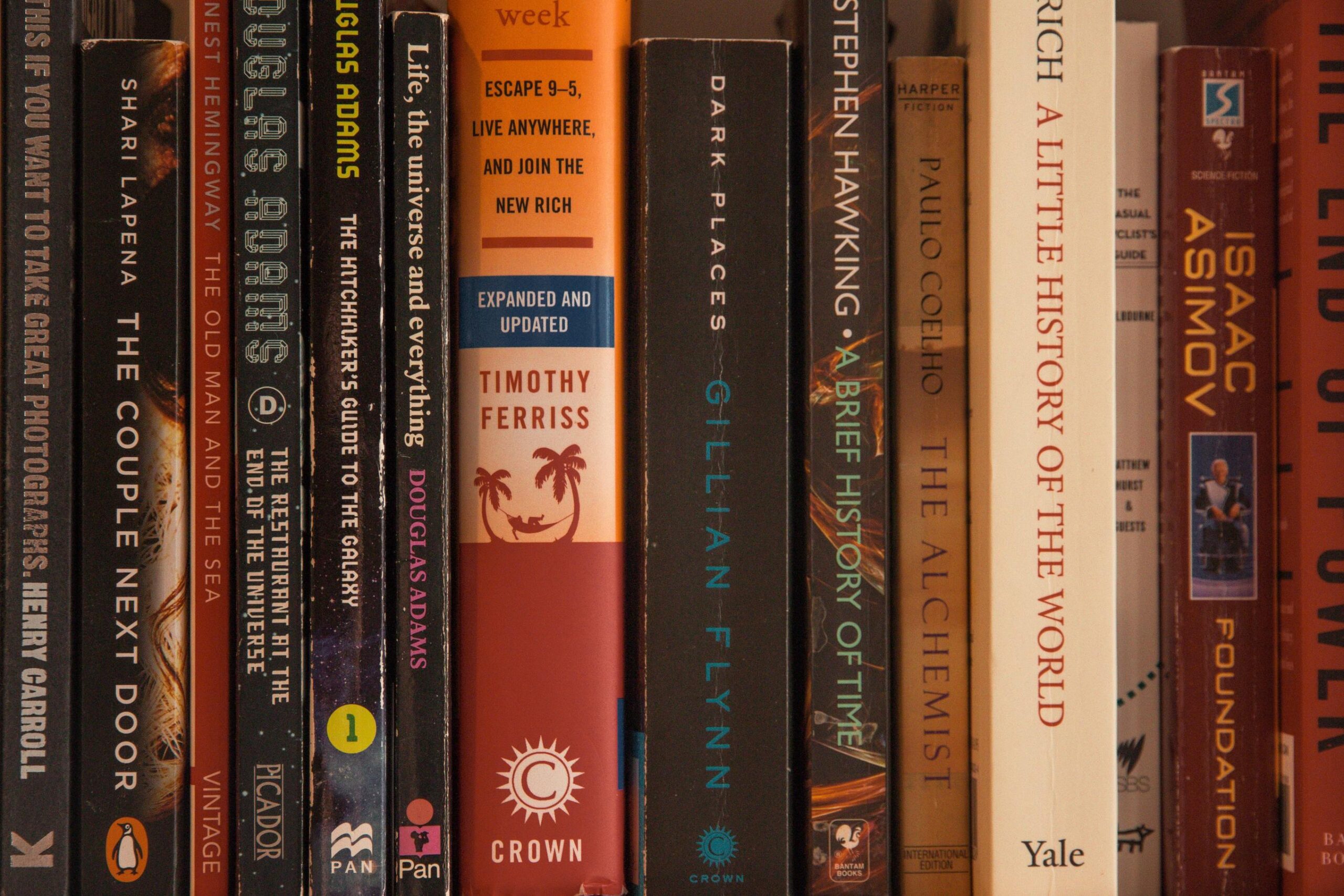
Traditional publishing refers to the established system of publishing a book where the publisher offers a contract to the author.
They usually provide prints, publish, and takes care of marketing and distribution to retailers.
Bear in mind that when it comes to traditional publishing, the publisher you have opted for essentially owns the rights and pays you royalties from the sales.
In order to go for this method, you need to submit your book to an agent who will send a manuscript to the publishers. Later, you will go through the necessary edits and eventually get published.
Pros of Traditional Publishing
Validation:
If you didn’t know this already, just getting your book to publishers takes a lot of effort. Among the sea of rejection, you need to emerge yourself to get a contract from publishers. Therefore, if you happen to get approved by a publisher, it can give you a boost of confidence and gain a sense of validation for your writing.
So if your book doesn’t go well, you know it was worthwhile, and you had a good time getting praised by the publisher.
Get to have a professional team:
When you are going for traditional publishing, your only task is perfecting your writing. You will have a professional team of marketers, editors, publicists, and cover designers to take care of anything else.
This gives you enough time and mental space to focus on doing something you excel at.
You will get paid even before the book is published:
Some authors can negotiate and get an advance before publishing. This means you will receive a proportion of your income upon signing the contract. Luckily, this advance doesn’t have to be repaired if your book doesn’t sell well.
Effective distribution:
Traditional publishers usually have good relationships with booksellers to get physical copies of your book to the right people. Other than that, some publishers also demand authors to travel the world to meet their readers. The best part, these book tours are always paid for by publishers to allow you to travel for free.
It makes it easier to earn you traditional awards and fame:
A publicity team always gets appointed for each author. If your book does well, there are likely to arrange media interviews and other publicity techniques to increase your chances of literary awards. Although many indie authors also receive awards, you don’t actively have to make an effort to get your name across; it’s a part of a traditional publishing contract.
Cons of Traditional Publishing
Can be difficult for debut authors:
Authors’ names can play a big role in selling thousands of copies. However, if you are a debut writer working with a publishing company, not many people will know your name, so no brand equity attached to your book. This can also be the reason why some traditional publishing companies will offer no advance on royalties because it runs the risk of unsold books.
Very slow:
To get your book published you need to go through the entire process from agents to publishings to endless editing that can take up years. And if you are having a hard time searching for an agent, the rejection will further add more years. Whereas self-publishing only requires you to hit the publish button, and your book will be on sale within four hours, and you can be paid 60 days later.
Less flexibility:
Publishers tend to schedule everything so far in advance that even if you took the advance and don’t feel like writing the book anymore, you may need to give all the money back. With traditional publishing, you don’t have control over the marketing, cover design, or anything in between, limiting you to add your own touch of creativity.
Which Publishers you should go for
The publisher you should go for entirely depends on you. It is no good or bad here. When most readers buy books, it is highly unlikely they will ever consider the publisher’s name. Therefore, considering publishers only means something to authors and those in the industry.
However, what matters more is the contract that they will sign with them. You need to make sure they offer more than just a spot in bookshelves.
You can feel free to count on “Closing the Deal on your Terms: Agents, Contracts and Other Considerations” book by Kristine Katherine Rusch or “How Authors Sell Publishing Rights” by Orna Ross and Helen Sedwick to save you from struggles along the way.
What is Indie Publishing?
Indie-publishing or Self-publishing is one of the things that many many raves about. By using print on demand and Amazon.com you don’t have to print your bank printing thousands of books to get low printing costs. Just like indie film and music, the creator of the book owns all rights of the books and carries out the entire process of making it a success. Most indie publishers also depend on professionals to help walk them through the entire process.
Pros of Indie Publishing
Full control:
You like to have full control over your book, this option is for you. Although the authors who opt for traditional publishers have support teams to help improve their writing, indie authors have the freedom to do anything with it. They can choose to create their covers, hire an editing team, marketing plan, and arrange book tours to make sure you are not tied to contracts. One of the best reasons why people prefer indie is that you get to make final decisions before publishing.
Faster:
As you already know how slow traditional publishing can be. Luckily with platforms like Amazon KDP and IngramSpark you can publish your book right away! Another thing to note here traditional publishers tend to announce the book title, cover, and blurb before you have even finished the book. This can add pressure on some people. Whereas when you go indie, it completely depends on you how you want to go about that.
No deadlines:
If you are not the kind of person who does well under pressure, Indie can be your best bet. Considering how you have full freedom over your book, you simply have to write your novel, and once you are done with it, hit publish, and voila, your book is available worldwide.
With this kind of offer flexibility, you can take a few months off your writing and come back with a fresh mindset to further improve your book.
Make the most out of your royalty rates
If you were to receive 25% royalty on your ebook listed at $7.99 through traditional publishing, with indie you will be able to receive 70% through Amazon KDP. However, depending on which independent platform you choose, this figure varies.
Cons of Indie publishing
Need to stay up to date:
The book industry changes rapidly, therefore it is important for authors to stay up to date with current methods and procedures that can make your book a success. You can count on author websites or interviews for additional insights on how you can go through this process for the first time. However, as you publish more, you open yourself to great opportunities and methods that will be better specifically for you.
Time-consuming:
With self-publishing, either you have to do everything yourself or hire professionals. As with anything, you need to rigorously research different platforms, design your cover, write proofread, formatted into an ebook and market which can take a lot of time and effort, and if you are going for professionals, this also requires you to research and find out the most suitable ones for this job. You need to do it all yourself or find suitable professionals to help.
Also read: How to Design a Book Cover
If this sounds too daunting for you, you can surely count on The Alliance of Independent Authors to make this process completely effortless for you.
Need to pay an upfront cost:
Whether it is professional help that you are going for or doing it yourself there are many costs that you need to bear in mind before moving ahead. Some of them include:
- ISBN
- Adobe Photoshop for Cover Design
- Shipping cost for the sample book
- Copyright if you are planning to make it your intellectual property asset.
